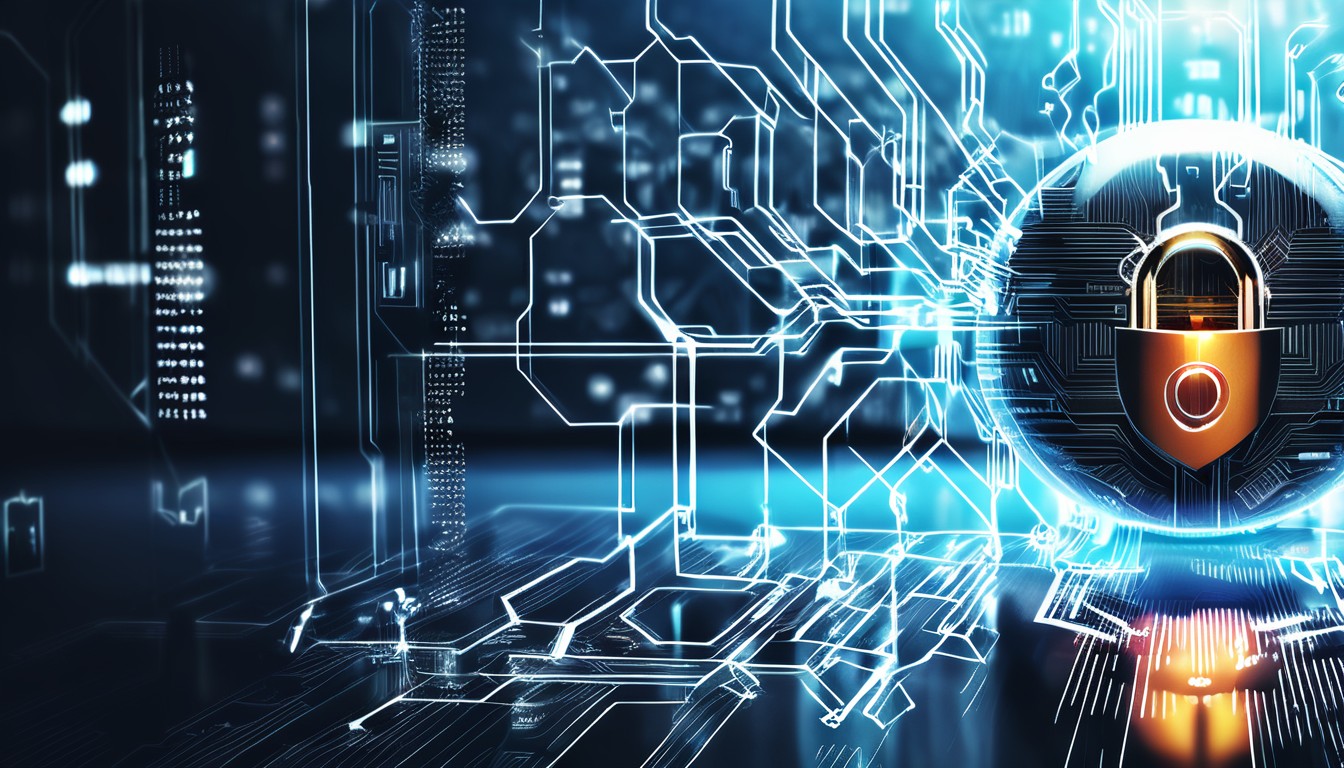As we stand at the brink of a new era, one thing is undeniable: artificial intelligence (AI) is revolutionizing every aspect of our lives, and cybersecurity is no exception. The evolution of cybersecurity in the age of AI is reshaping the digital landscape. In this blog post, we’ll take a deep dive into the transformative impact of AI on cybersecurity and how it’s changing the game for defenders and attackers alike.
The Old and the New: Traditional Cybersecurity vs. AI-Powered Security
Traditional Cybersecurity:
For years, cybersecurity relied heavily on signature-based methods, where threats were identified based on known patterns. This approach, while effective against known threats, struggled against the ever-growing number of new and sophisticated attacks.
AI-Powered Security:
AI, particularly machine learning, has breathed new life into cybersecurity. It’s like arming defenders with a predictive crystal ball. By analyzing vast datasets and recognizing patterns that are beyond the scope of human capability, AI can detect both known and unknown threats. It’s the ultimate game-changer in the world of digital defense.
AI in Action: The New Face of Cybersecurity
- Advanced Threat Detection: AI can detect abnormal behavior patterns, such as an unusual data access request or a sudden spike in network traffic, indicating potential threats.
- Behavioral Analysis: AI analyzes user behavior, helping to identify insider threats or compromised accounts based on deviations from the norm.
- Autonomous Incident Response: AI can autonomously respond to certain threats, isolating infected devices or initiating countermeasures, reducing response time and minimizing damage.
- Phishing and Malware Detection: AI algorithms can spot deceptive emails or malicious files by scrutinizing content and attachments, helping to prevent costly breaches.
- Scalability: AI-powered solutions can easily scale to handle large and complex networks and datasets.
- Adaptation to New Threats: AI systems continuously learn and adapt, staying ahead of evolving threats and strategies.
The Cybersecurity Challenges of AI
While AI offers a formidable advantage, it’s not without its challenges:
- Adversarial AI: Attackers can exploit AI’s own weaknesses, crafting adversarial attacks that manipulate AI systems to produce incorrect results.
- Privacy Concerns: AI requires extensive data, raising concerns about the privacy and security of personal and sensitive information.
- AI Skewing the Battlefield: As AI becomes increasingly prevalent, it is also available to malicious actors, creating a level playing field in the cyber-arms race.
The Future of Cybersecurity
The future of cybersecurity is indelibly tied to the evolution of AI. As AI continues to advance, so will the capabilities of both defenders and attackers. As such, collaboration, education, and adaptability are key. Cybersecurity professionals must understand AI’s intricacies and capabilities to harness its full potential for defense. AI can never replace human judgment and creativity, but it can certainly augment and enhance our ability to protect our digital landscapes.
In Conclusion
As we stand on the cusp of an era where AI is poised to dominate the cybersecurity landscape, it’s essential to recognize its transformative potential and its challenges. AI-powered cybersecurity isn’t a distant future; it’s here, and it’s shaping the way we protect our digital assets. The evolving relationship between AI and cybersecurity is a testament to the ever-adaptive nature of the digital world, and our ability to harness AI’s potential will determine the security of our digital future.





